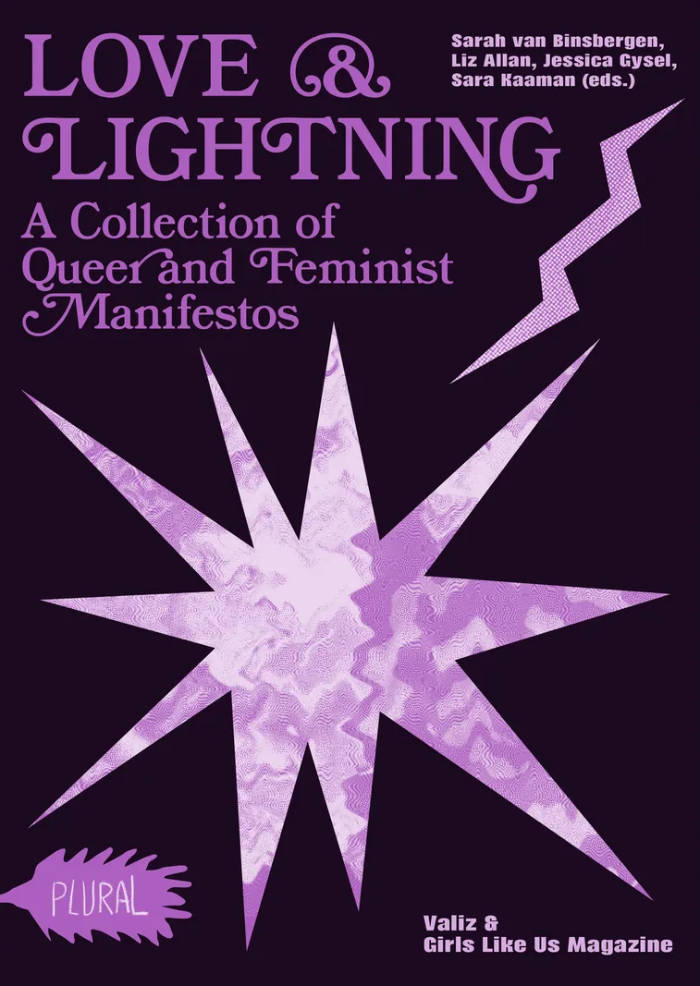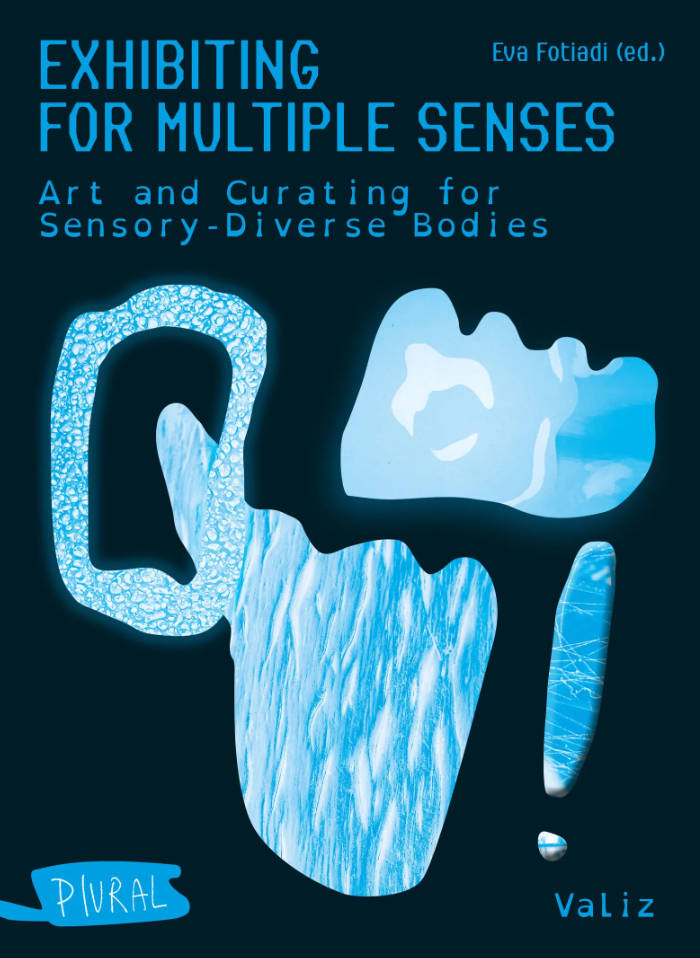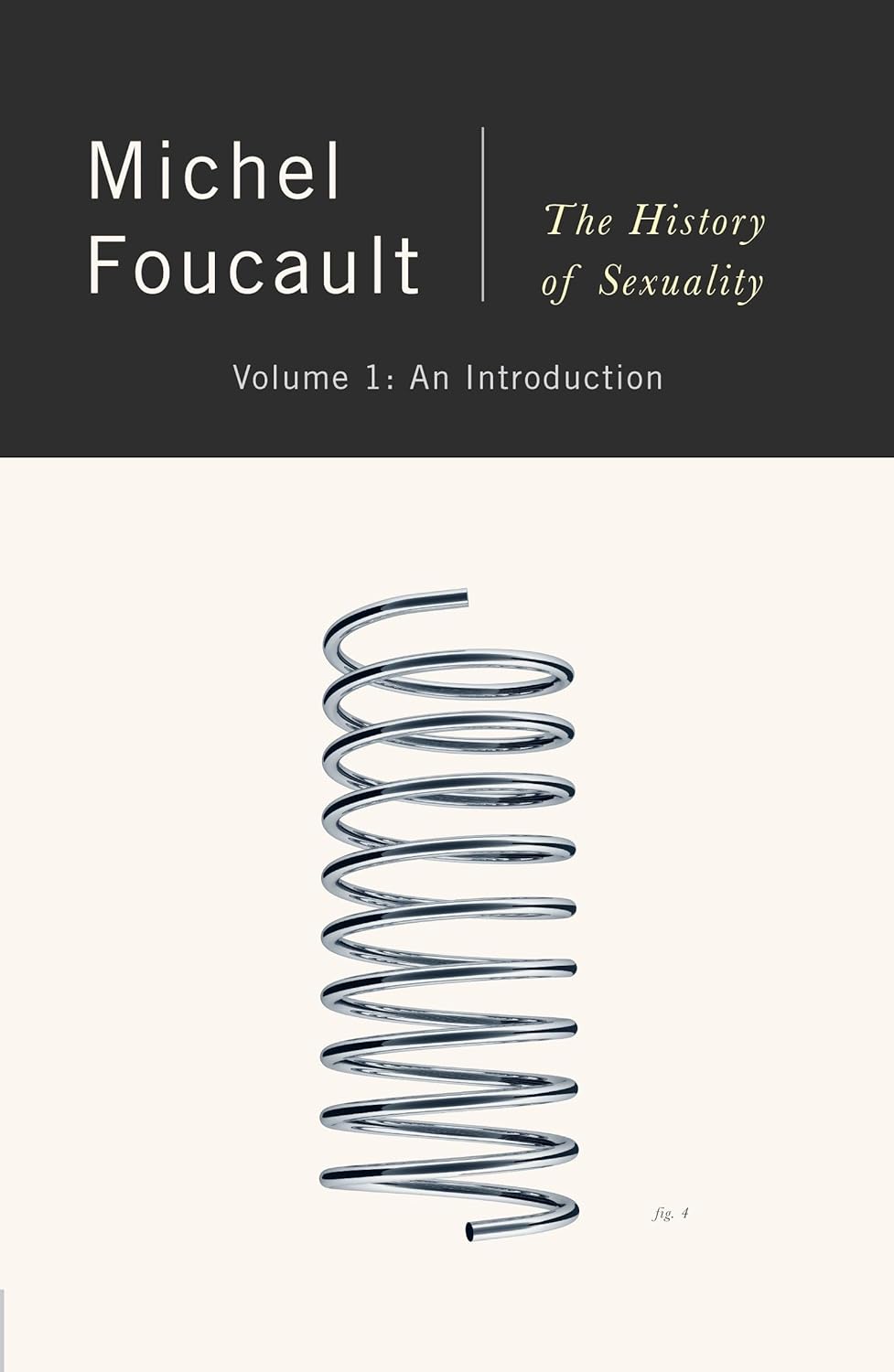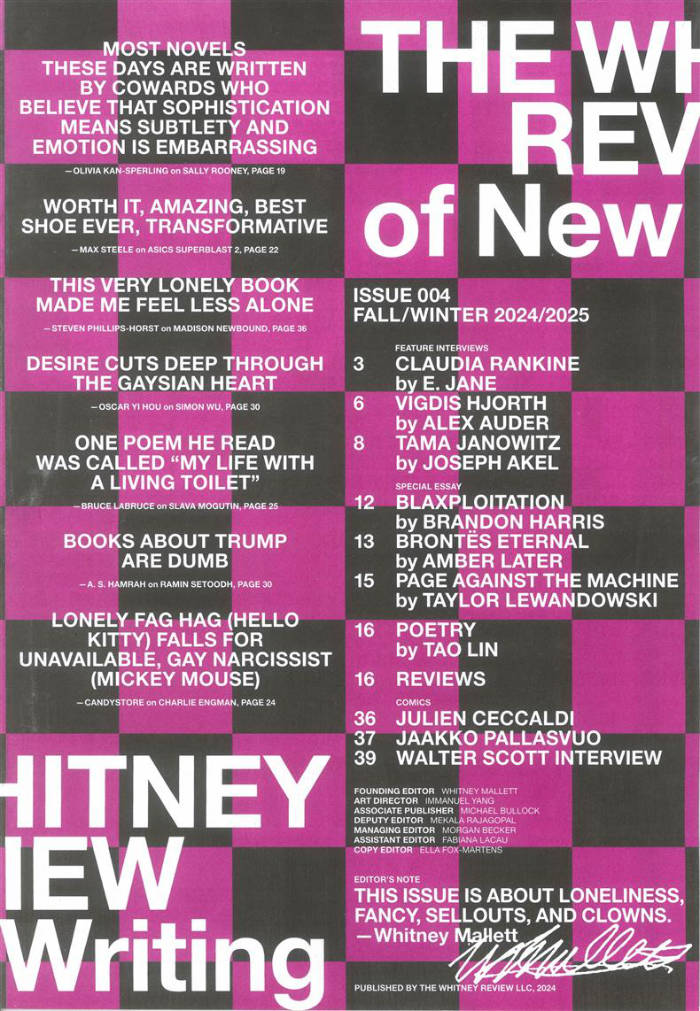
UNLICENSED: Bootlegging As Creative Practice
Over the last few decades the term ‘bootlegging’—a practice once relegated to smugglers and copyright infringers—has become understood as a creative act. Debates about homage, appropriation, and theft that are common in the art world, are now being held in the spheres of corporate branding, social media, and the creative industry as a whole. Today, bootlegging has become fetishized as an aesthetic in and of itself, influencing everything from underground record labels to DIY T-shirts, publishing ideologies, to acts of high fashion détournement.
UNLICENSED contains twenty-one interviews with a range of creative practitioners on the topic of bootlegging. The conversations in UNLICENSED investigate bootlegging’s creative and critical potential, and explore new ways bootlegging can be deployed in order to thrive as an impactful cultural force.
Interviews with: A March Issue (Line Arngaard & Sonia Oet), Babak Radboy, Clara Balaguer & Czar Kristoff, BLESS (Desiree Heiss & Ines Kaag), Boot Boyz Biz, Akinola Davies Jr, Eric Doeringer, Experimental Jetset (Marieke Stolk, Erwin Brinkers, Danny van den Dungen), Elisa van Joolen, Hassan Kurbanbaev, Urs Lehni & Olivier Lebrun, Jonathan Monk, Matt Olson, Online Ceramics (Elijah Funk & Alix Ross), Mark Owen, Printed Matter (Jordan Nassar & Christopher Schulz), Nat Pyper, Hassan Rahim, Shanzhai Lyric, SHIRT, Oana Stanescu






